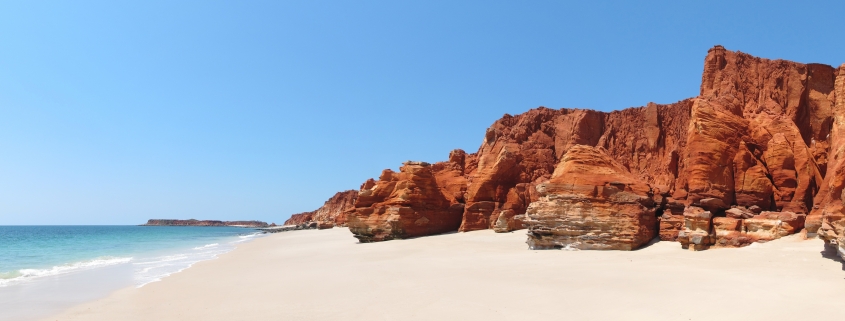Modelling reveals greatest threat to Kimberley
Climate change, not economic development, is the biggest threat to the Kimberley region, putting resident species such as reef fish at risk according to long-term environmental modelling.
A team of researchers from CSIRO carried out complex modelling across a network of Kimberley marine parks to explore the future impacts of climate change and human development at a regional scale.
Using a range of economic development and climate change scenarios they applied socio-economic and environmental modelling to create a projection of the Kimberley marine system up to the year 2050.
Based on the projected future models, CSIRO lead Dr Fabio Boschetti anticipated climate change would have the most significant long-term impact on the region.
“While one-off investments in large infrastructure can affect a region for decades to come, environmental sustainability appears to be more heavily affected by slow-dynamics climate change processes,” Dr Boschetti said.
The results uncovered a need for tougher management strategies, particularly expansion of sanctuary zones and Marine Protected Areas, to protect resident marine species.
“These models project a future where both strategic and reactive planning is necessary and prediction becomes as urgent as standard adaptive management,” Dr Boschetti said.
“It builds the groundwork to ensure basic bookkeeping of ecological processes are in place and that expectation of future regional developments are realistic and consistent.”
The research, carried out under the Kimberley Marine Research Program, provides meaningful scientific information to support environmental decision making at a regional scale across several decades.

